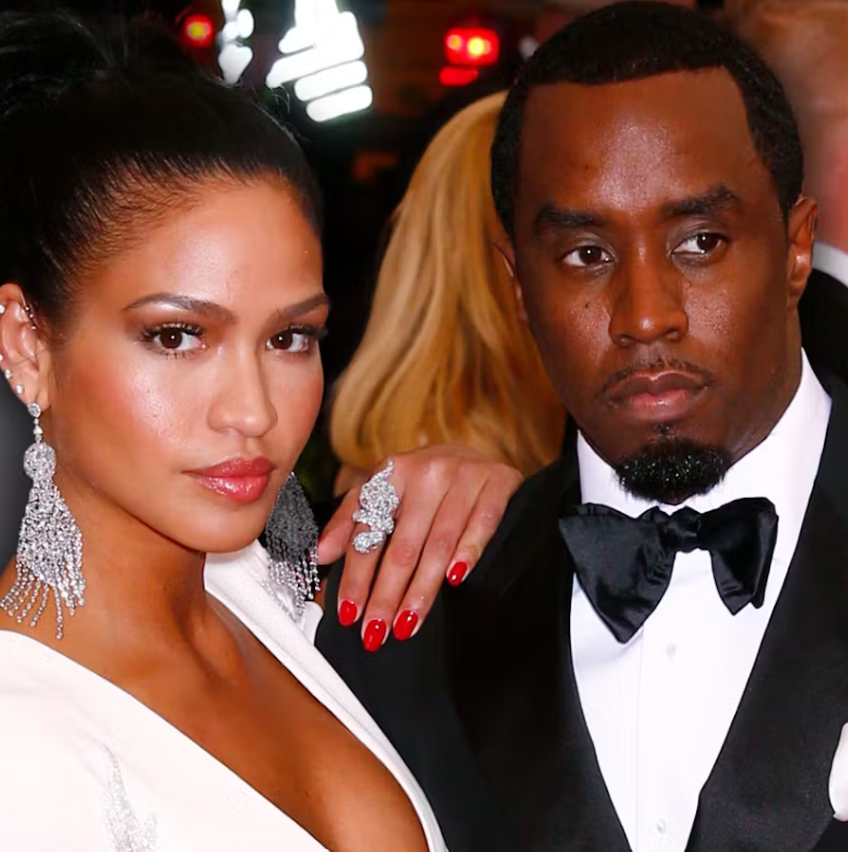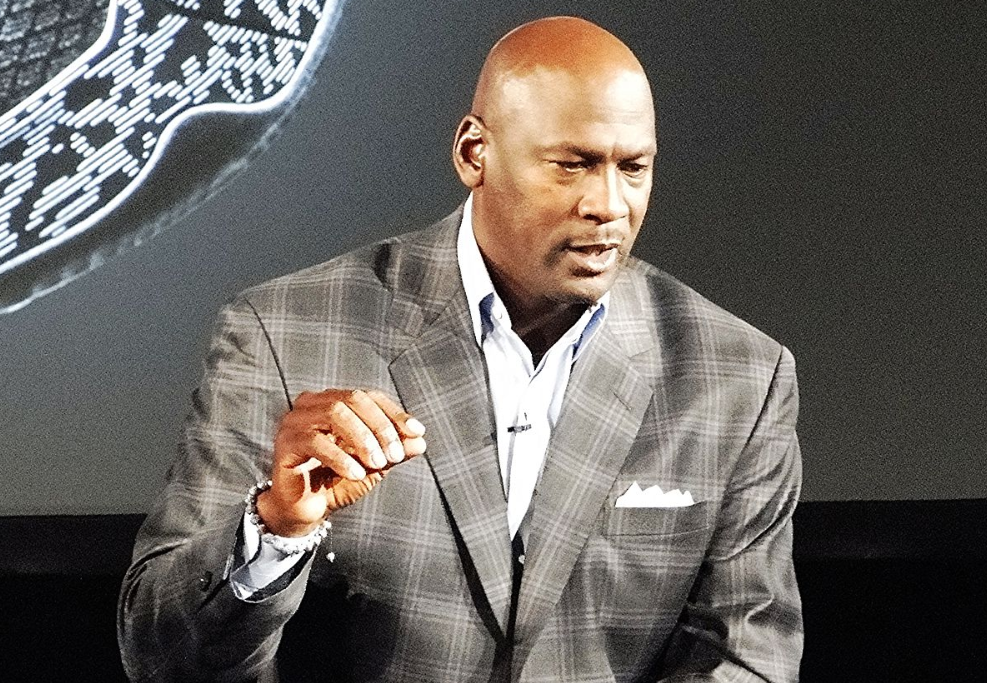Kim Kardashian’s appearance at the Met Gala has once again captured widespread attention, this time sparking concerns over the health implications of her strikingly unusual dress. Known for its extravagant themes, this year’s Met Gala invited celebrities to explore the concept of “Sleeping Beauties: Reawakening Fashion,” inspired by JG Ballard’s dystopian story, “The Garden of Time.” However, amidst the creative displays, it was Kardashian’s choice of attire that provoked a significant reaction from the public and media alike.
Sporting a custom Margiela piece designed by John Galliano, Kardashian donned a strapless silver corset, complemented by floor-length silver leaf mesh netting and a grey shrug-style cardigan. The ensemble, while visually striking, raised eyebrows primarily due to the corset’s extreme tightness, which appeared to significantly cinch her waist. Observers expressed discomfort and concern on social media, worrying about the potential health risks associated with such a garment, reminiscent of historical fashion practices known to cause serious physical harm.
The tightlacing of corsets, a fashion trend from previous centuries, was notorious for causing severe and permanent bodily damage, including deformed ribcages, compromised digestive systems, and weakened back muscles from lack of use. These historical insights from the Royal College of Surgeons of England underscore the potentially dangerous consequences of pursuing an exaggerated hourglass figure, a style that Kardashian’s Met Gala dress seemed to epitomize.
The public reaction was swift, with many commentators speculating about the absence of several of Kardashian’s vital organs due to the dress’s design. This hyperbolic concern reflects a broader anxiety about the influence of celebrity fashion choices, particularly when they may encourage unhealthy body standards. Critics argue that such prominent displays of extreme body modification could perpetuate harmful beauty ideals, particularly if emulated by fans and followers without consideration of the associated health risks.
The broader context of the Met Gala’s theme this year, “The Garden of Time,” ironically juxtaposes the transient nature of fashion and beauty standards against the relentless progression of time and societal change. As the narrative of Ballard’s story unfolds, the aristocrats’ attempts to isolate themselves from the wider world’s realities eventually fail, paralleling concerns that the fashion industry’s insular tendencies might not withstand broader cultural scrutiny and the shifting paradigms of health and beauty.
In essence, Kardashian’s Met Gala appearance serves as a flashpoint for ongoing debates about fashion, health, and the responsibility of celebrities as role models. While the Met Gala continues to be a stage for artistic expression and boundary-pushing designs, it also prompts us to reflect on the impact these displays have on societal values and individual health. As discussions unfold, they reveal the complex interplay between celebrity influence, cultural aesthetics, and the evolving standards of health and beauty in the public eye.




